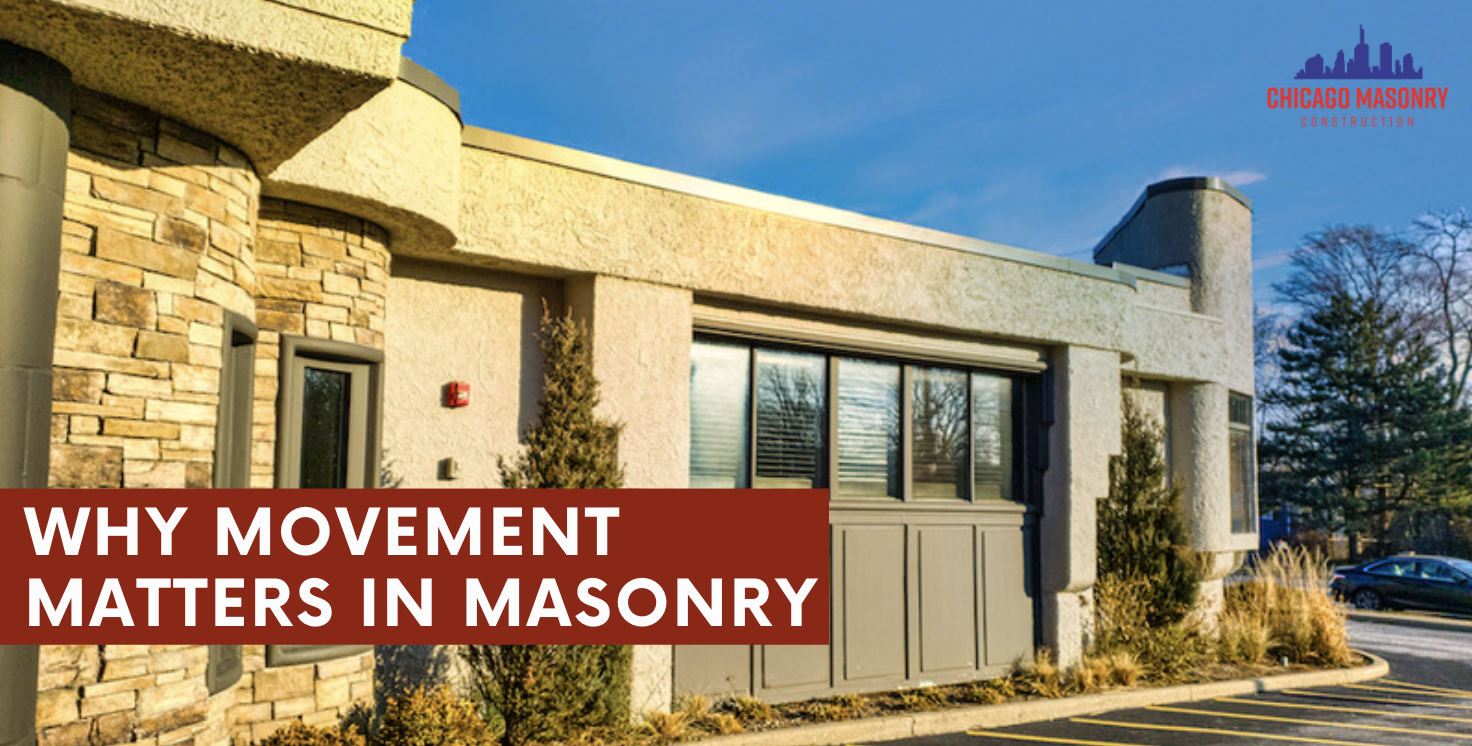When the dust settles on new construction, time will indicate what sets excellent masonry construction workmanship apart from less careful work. That’s because masonry exteriors will typically look the same upon job completion. However, expert masonry construction will stand the test of time by keeping moisture out and avoiding cracks.
Building an exterior that lasts
There are a number of factors in building an exterior that lasts, but one key element in excellent masonry construction work is in the joints that anchor the exterior masonry to the substrate. While our expert craftsmanship is accurate and aesthetically appealing, more importantly, we don’t cut corners so finished projects stay strong and dry for the long run.
Sometimes this means going beyond the architectural plans to ensure the masonry veneer allows for movement. This is because we are committed to masonry best practices that last and keep water out even while we remain price conscious for the sake of our clients. For example, when an architect calls for a one-piece rigid wall tie, we still may plan for two-piece ties that will allow for flexibility and movement and avoid cracks. This way, we reduce the risk for masonry system failure and higher repair costs in the future.
Wall ties are an essential part of the masonry veneer system, keeping a structure safe, stable and flexible. There are more than 20 different standard types of these wire or sheet metal devices that are used to connect two or more masonry wythes or veneers to a structural backing system. Each type is situational–all with different purpose and price–but it is better to avoid any wall tie that is a one piece with a single screw into the substrate.
Multi-piece wall ties give the veneer the opportunity to move slightly with changing conditions. A two-piece wall tie consisting of an anchor plate secured with two screws and an adjustable veneer tie hooking into the anchor plate is the recommended method. In earthquake zones or in areas with extreme temperature fluctuation, like Chicago, why not have peace of mind that your wall ties are moving with the wall and not causing a crack?
Masonry materials, like brick and concrete, experience some expansion and contraction over time, and movement joints accommodate these predicted volume changes. Using the correct expansion, contraction or control joints ensures that the structure can withstand expected masonry movement.
Movement joints accommodate predicted volume changes of the masonry materials as well as relative movement between masonry and adjacent materials. Movement joints are finished with sealant to prevent water entry while the joint changes dimension. Masonry movement joints may be described as one of three types: expansion joints, contraction or control joints, and isolation joints.
When it comes to getting the masonry construction job done correctly, aesthetics matter, but it’s what’s inside the handiwork that stand the test of time.
Read to get started? Let’s talk!
